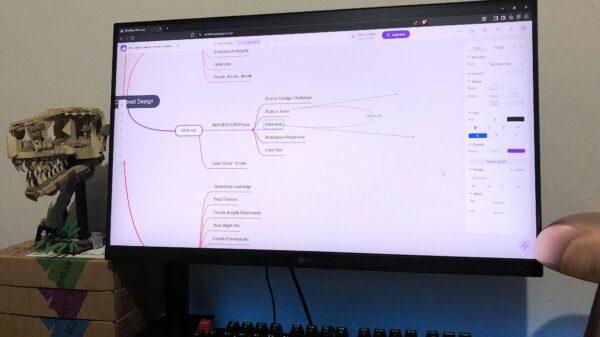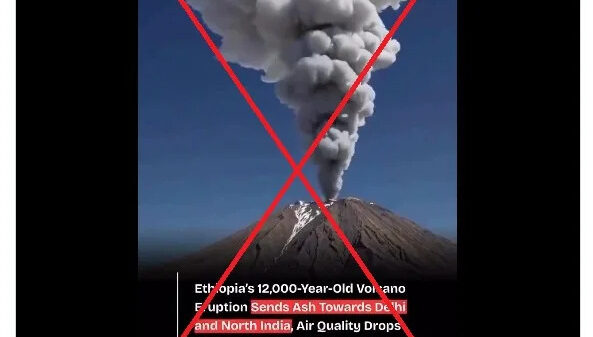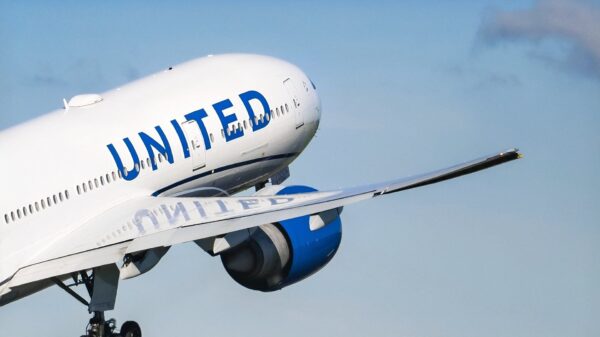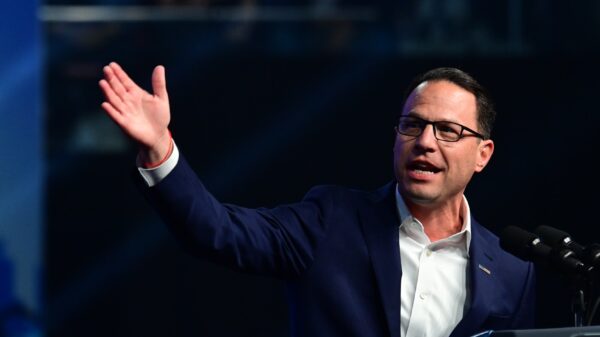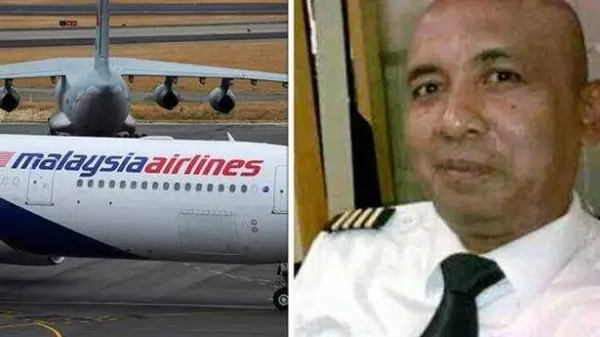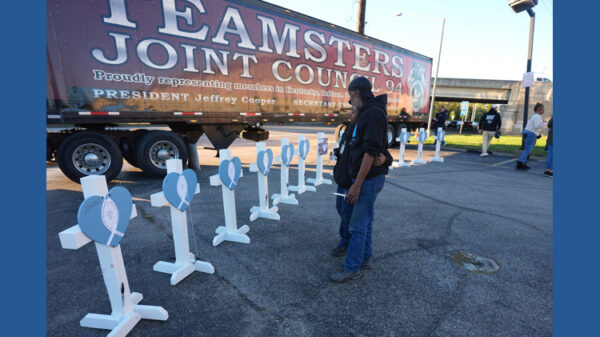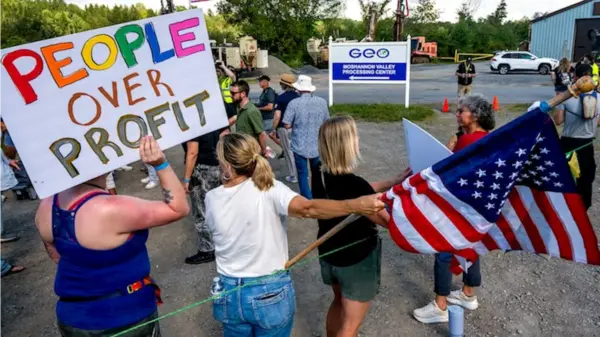U.S. President Donald Trump arrived in Japan on October 23, 2023, where he expressed optimism about finalizing a trade agreement with China during his ongoing Asian tour. The visit marks a significant diplomatic engagement with Japan’s new Prime Minister Sanae Takaichi, who took office just last week. Takaichi aims to foster a beneficial relationship with Trump as both leaders navigate complex trade tensions.
As Trump landed in Tokyo, he emphasized the importance of strengthening U.S.-Japan ties, referring to his anticipated discussions with Takaichi. “I hear phenomenal things about Takaichi,” he said, highlighting her close relationship with former Prime Minister Shinzo Abe, with whom Trump had a strong rapport during his previous term in office. Trump described the upcoming meetings as integral to enhancing cooperation between the two nations.
Following his arrival, Trump’s only official engagement on Monday was a meeting with Emperor Naruhito at the Imperial Palace. This visit comes after Trump participated in a summit in Malaysia, where he struck preliminary trade agreements with several Southeast Asian nations, including Thailand, Cambodia, and Vietnam.
Prospects for U.S.-China Trade Agreement
During the flight to Japan, Trump told reporters aboard Air Force One that he expects a trade agreement with China to be finalized in the coming days. Officials from both nations reached an initial consensus that Trump and Chinese leader Xi Jinping aim to solidify during a high-stakes meeting later this week. “I have a lot of respect for President Xi,” Trump remarked, expressing confidence in reaching a deal.
Additionally, Scott Bessent, the U.S. Treasury Secretary, announced on CBS’s “Face the Nation” that a deal regarding the social media platform TikTok is set to be finalized during the Trump-Xi meeting. Following his engagements in Japan, Trump plans to conclude his Asia tour in South Korea, where he will again meet with Xi on the sidelines of the Asia-Pacific Economic Cooperation (APEC) summit.
Potential Talks with North Korea
Trump also indicated a willingness to extend his trip if an opportunity arises to meet with North Korean leader Kim Jong Un. Despite previous outreach efforts that have gone unanswered, Trump stated, “If he wants to meet, I’ll be in South Korea.” This openness reflects Trump’s ongoing interest in diplomatic relations with North Korea, which continues to be a focal point of U.S. foreign policy in the region.
On other fronts, Trump addressed speculation regarding his political future, dismissing the idea of running for vice president as a means to regain the presidency. He acknowledged the potential for a third term but stated he had “not really thought about it.” He praised emerging Republican candidates, including Marco Rubio and J.D. Vance, underscoring his continued influence within the party.
Amid ongoing discussions, significant regional issues persist, including tensions over the South China Sea and Taiwan’s future. Trump’s administration has focused heavily on trade, employing tariffs as a strategy to reshape international economic dynamics under the banner of “America First.” However, the unilateral authority to impose tariffs is currently under review by the U.S. Supreme Court, which could either strengthen or limit Trump’s powers in this area.
Trump’s Asian trip underscores his commitment to strengthening U.S. partnerships while navigating the complexities of international trade and diplomacy. As the situation develops, the outcomes of these discussions will likely have lasting implications for U.S. relations in the Asia-Pacific region.


